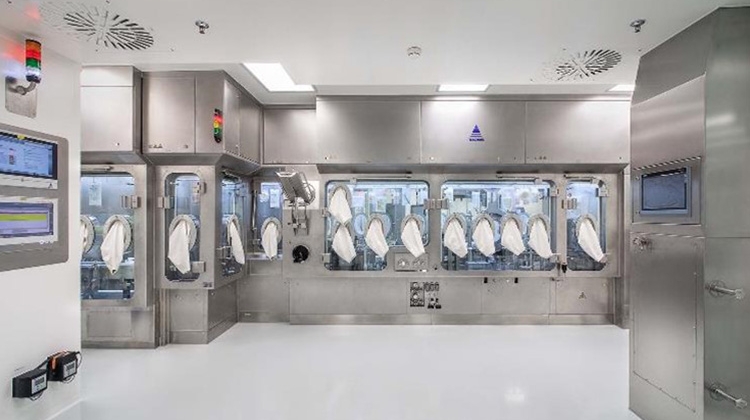Session 1: Set-up of a Contamination Control Strategy (CCS) Using the HACCP Methodology
This session will dive into how pharmaceutical manufacturers can establish an effective contamination control strategy (CCS) by leveraging the Hazard Analysis and Critical Control Points (HACCP) methodology. The focus will be on identifying potential contamination risks and implementing control measures that align with Annex 1 requirements. Real-world case studies will demonstrate how CCS enhances contamination control across various manufacturing environments, improving both product quality and safety.
Key Takeaways:
- Understanding HACCP as a foundation for CCS
- Practical application of CCS in compliance with Annex 1
- Lessons learned from real-world implementations
Session 2: Assessing and Ensuring Annex 1 Compliance During Audits
Ensuring compliance with the updated Annex 1 guidelines requires a proactive approach during both internal and external GMP audits. This session will explore best practices for audit preparation, focusing on key areas such as cleanroom classification, contamination control, and environmental monitoring. Attendees will learn how to assess compliance efficiently and effectively, ensuring that their facilities meet the highest regulatory standards.
Key Takeaways:
- Key audit focus areas under Annex 1
- Strategies for successful internal and external audits
- Tools and technologies that facilitate compliance
Session 3: Data-Centric Architectures for Pharma 4.0
The pharmaceutical industry’s shift towards Pharma 4.0 relies heavily on data-centric architectures that allow for real-time monitoring and optimization. This session will explore how integrating data from different systems and using advanced analytics can improve decision-making, enhance process control, and ensure compliance with Annex 1. Examples will include successful implementations of data-centric systems in pharmaceutical manufacturing, showcasing how these architectures drive efficiency and innovation.
Key Takeaways:
- Importance of data-driven decision-making in Pharma 4.0
- Integration of data-centric systems for compliance and process optimization
- Real-world examples of successful data architecture implementations
Session 4: Robot Telemanipulation – Removing Human Contact in Aseptic Processing
Robotics is revolutionizing the way pharmaceutical manufacturers maintain sterility in aseptic environments. This session will focus on robot telemanipulation as a key technology for eliminating direct human contact thus minimizing contamination risks. Through case studies, attendees will see how telemanipulation technology is being integrated into sterile production lines, enhancing operational efficiency and adherence to Annex 1 guidelines.
Key Takeaways:
- The role of robotics in contamination control
- How telemanipulation improves aseptic processing
- Integration of robotic solutions in existing facilities
Session 5: A Better Approach to Freeze-Drying Process APS
This session will explore advanced process simulation (APS) technologies in freeze-drying, a critical step in many pharmaceutical manufacturing processes. Attendees will learn how APS tools can enhance the freeze-drying process by optimizing cycle times, improving energy efficiency, and ensuring product quality. The session will also address how these technologies align with Annex 1 requirements, particularly in terms of contamination control and environmental monitoring.
Key Takeaways:
- Optimizing freeze-drying processes with APS
- Enhancing product quality and energy efficiency
- Meeting Annex 1 requirements in freeze-drying operations
Session 6: Impact of Annex 1 on Radioligand Therapy Production
The production of radioligand therapies presents unique challenges, particularly when it comes to complying with Annex 1 guidelines. This session will provide an overview of the regulatory hurdles and technological innovations that are transforming radioligand therapy production. Attendees will gain insights into how automated systems and advanced containment technologies can ensure product safety and regulatory compliance.
Key Takeaways:
- Regulatory challenges in radioligand therapy production.
- Automation and containment technologies for compliance.
- Case studies on successful implementation.
Conclusion
As the pharmaceutical industry moves toward Pharma 4.0, the intersection with Annex 1 guidelines becomes more critical. The sessions in this track will provide attendees with a roadmap for implementing these regulatory and technological changes, offering practical solutions that can be applied across a wide range of manufacturing environments. By adopting these strategies, companies can ensure the highest levels of safety and compliance in sterile pharmaceutical manufacturing.
Learn More & Register






